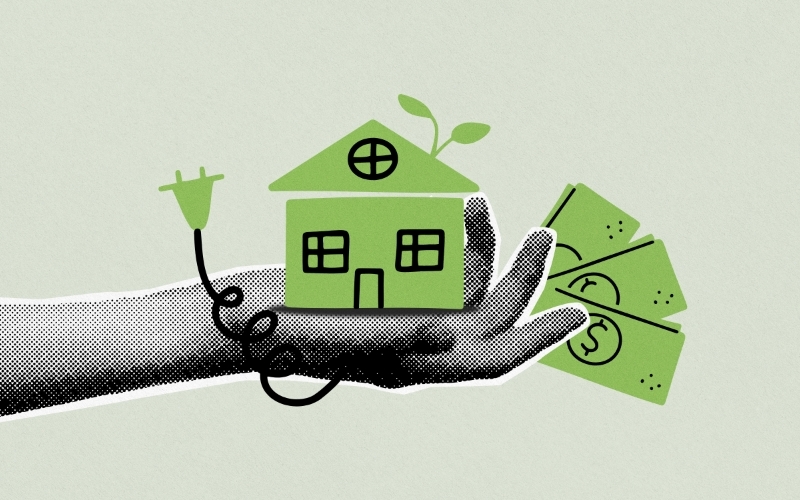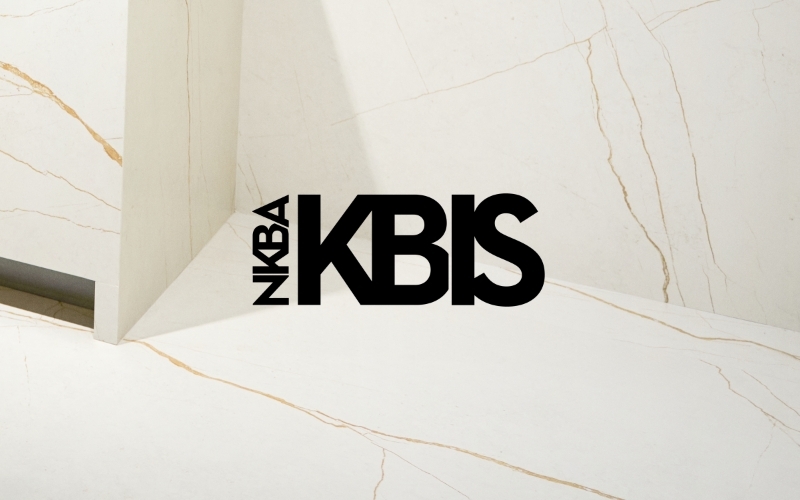Marketing Insights
This post is the third in a series about my experience building a house – from how we picked our lot to what it’s like watching your dream home transform from a drawing into a real thing with shingles, windows and doors.
Homebuilding is a personal experience, and all the stories shared in this series are real. But as a marketer focused on the home industry, I also jumped at the chance to play secret shopper, market researcher, experience analyst, and judge and jury on which communication, marketing and sales tactics work well – and those that need a complete overhaul.
On a blazing hot Monday in June, 75 days after our builder cashed the first check my husband and I wrote for our new home in Fort Mill, South Carolina, we had our first preconstruction meeting.
Progress is good.
We moved to Fort Mill from south Charlotte shortly before we sold our first house in April. We live just around the corner from our future home site, so we know its “Under Contract” sign and tall grasses and wide open, empty spaces almost as well as we know our new neighborhood grocery store, gas stations and running trails.
Can you tell I’m getting anxious?
The preconstruction meeting is a major milestone in any homebuilding journey. It’s the first of three important meetings after the contract has been signed, and it’s often the buyers’ first opportunity to meet the general contractor leading their project.
I’m head-over-heels for the floor plan we selected, and I think the new neighborhood will be a great development. But since completing our design center selections in late April, my husband and I have hit our share of bumps in the road with our builder. Lack of communication and project delays have dampened our excitement over our dream house. In most cases, a simple fix could have made things much better.
Here are eight ways our preconstruction experience could have left us singing our builder’s praises.
- Be knowledgeable. Each representative – the sales agent for the community and the general contractor leading the project – should have an intimate knowledge of house plans presented to buyers. They should also have a solid, consistent understanding of the project’s scope and schedule and be prepared to share that information at the preconstruction meeting. Our contractor understood our specific plan and the materials that would be used to construct our home, but he did not know the review status of our project. This came off as a breakdown in internal communication.
- Be on the same page. This is the time to show you’re an organized, capable team. The sales agent and the contractor should share a solid, consistent understanding of the project’s scope and schedule and present a united front when meeting with buyers. During this meeting, our sales agent said he felt certain the builder would hit our original completion date of mid-November, but it was clear the contractor didn’t share his feelings.
- Make the buyers your partner in the process. At the beginning of the preconstruction meeting, our contractor asked us a series of questions such as “What is your idea of quality?” and “What about your new home is most important to you?” This helped establish a sense of trust. It helped us feel like our contractor not only cares about doing quality work – he also cares about building our house, rather than just a house. Whether this is an open-ended conversation or a simple, standardized question-and-answer session, it can go a long way toward making your customers feel at ease and learning what’s most important to them, which will only make your job easier.
- Communicate openly. If the project start is delayed, be prepared to articulate that and provide next steps. In the months leading up to our preconstruction meeting, our sales agent did not effectively or consistently communicate status and action items. The customer should never have to badger the builder for a return email or phone call. If no update is available, make sure the customer is aware.
- Be thorough. Our contractor walked through each page of our house plans and total package including the interior, exterior and add-ons we selected at the design center. This process took a lot of time, but it was the most valuable part of our meeting. It made us feel comfortable about working with him and helped us feel certain we would get exactly what we had agreed to and paid to receive.
- Be prepared for common questions. During our meeting, we asked about our projected start date and general timing as well as potential roadblocks and how to avoid those. Attending preconstruction meetings armed with answers to these and other common questions will make your job as a builder easier and your customers happier.
- Treat the customer like you would a potential buyer in the sales center. Being under contract to build a home shouldn’t affect the level of customer service someone receives. Remember that your buyers will always be customers, and the power of word-of-mouth survives long after the home is completed. Sometimes, the best form of marketing is taking care of the customers you’ve already won.
- Own delays. We haven’t broken ground, and our home is already behind schedule. Homebuilding is a challenging business, and things don’t always happen on time. But a simple check-in to show that you are working toward a solution goes a long way toward making happy customers – even customers whose homes won’t make their target completion date. Honesty goes even further. And blaming the customer for delays that are out of their control is never a good idea.
Next, I’ll share ways builders can keep their buyers at ease between the pre-construction meeting and construction start. Thanks for joining me on my homebuilding journey!
You might also like:


